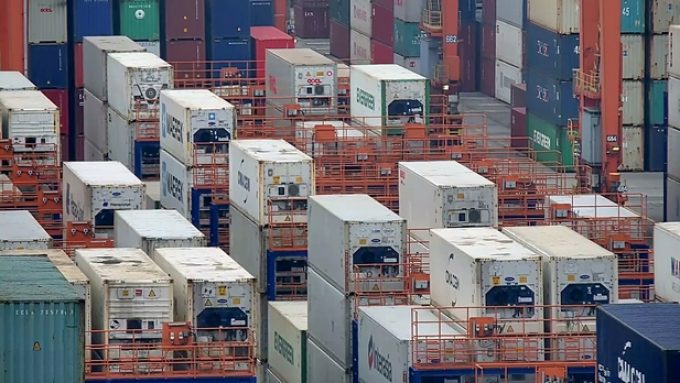
An analysis of some 1,340 ports by researchers at the Environmental Change Institute (ECI) found 40% are exposed to ‘maritime’ hazards, including tropical storms and flooding.
According to the study, port-specific risk, whether arising from geological risks such as earthquakes, or man-made climate change, amounted to a median of around $7.5bn a year.
Of this, around 32%, or $2.4bn, arose from the risk of tropical cyclone impacts, which were, according to the study’s findings, the leading single hazard globally. This was followed ...

Comment on this article